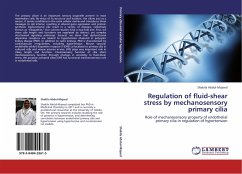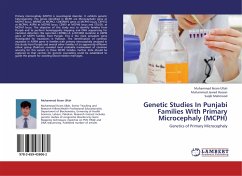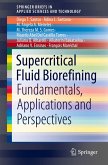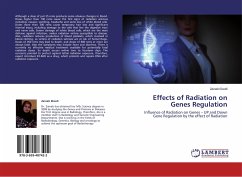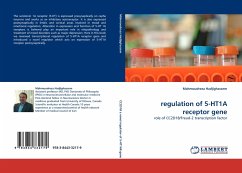The primary cilium is an important sensory organelle present in most mammalian cells. By virtue of its structure and location, the cilium acts as a sensor. It senses conditions in the extra cellular matrix and transduces these messages to cell interior, resulting in altered gene expression and protein synthesis. Dysfunctional cilia result in a variety of diseases, collectively known as ciliopathies. Our current studies have a two-fold aim. First, we show cilia length and functions are regulated by distinct, yet complex intertwined signaling pathways. Second, we show that dysfunctional dopamine receptors are related to hypertension observed in polycystic kidney disease (PKD). In addition to cystic kidneys, PKD is characterized by cardiovascular irregularities, including hypertension. Mouse vascular endothelia exhibit dopamine receptor-5 (DR5) co-localized to primary cilia in cultured cells and mouse arteries in-vivo. DR5 plays very important role in ciliary length and function. Chemosensory function of cilia alters mechanosensory function through changes in sensitivity to fluid-shear stress. We propose activated ciliary DR5 has functional mechanosensory role in endothelial cells.
Bitte wählen Sie Ihr Anliegen aus.
Rechnungen
Retourenschein anfordern
Bestellstatus
Storno

